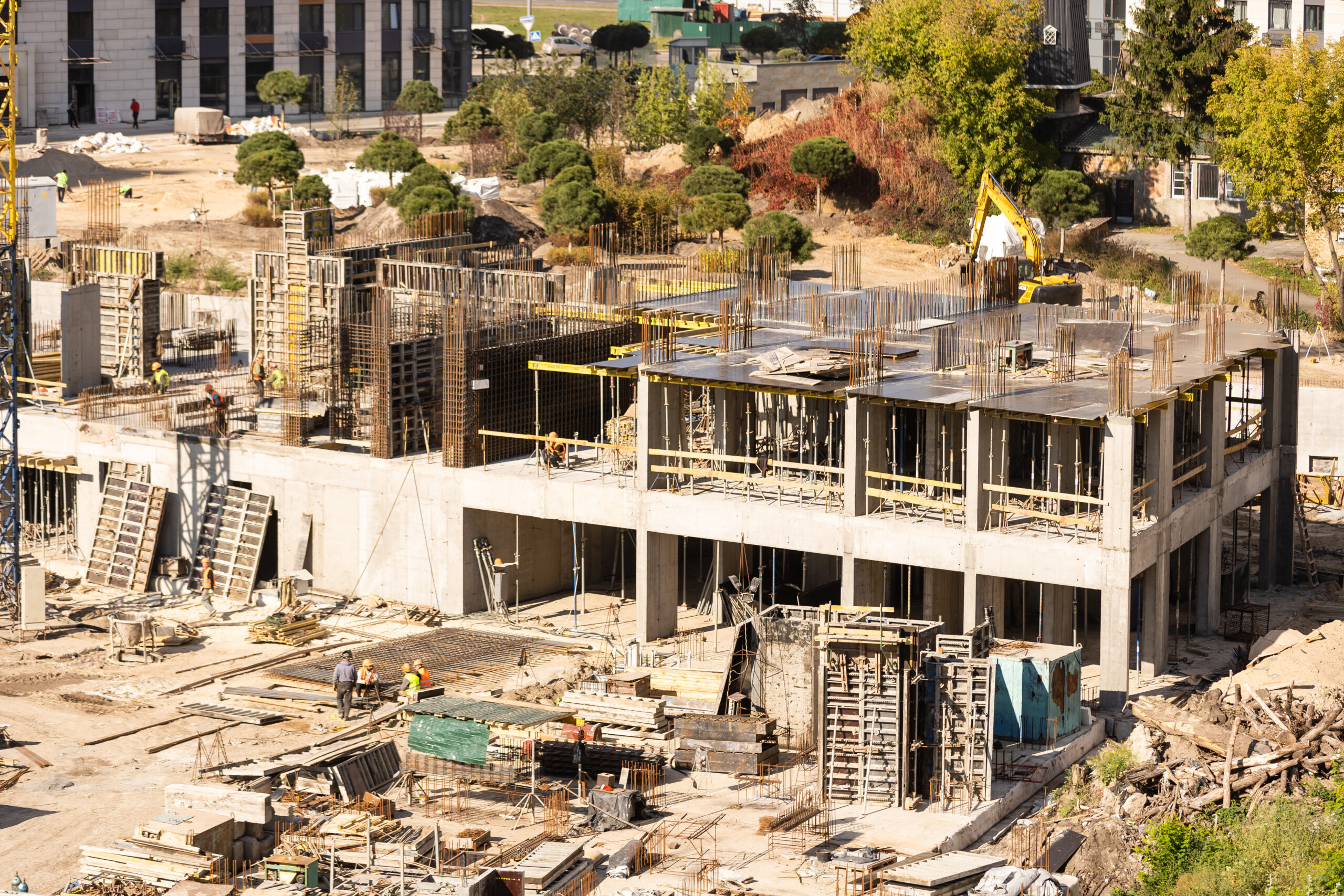10 Best Practices To Enhance Your Construction Project Selection Skills


by The Hartford Staff
Professionals at The Hartford share resources to help construction risk managers select the most projects that will foster overall company success.
Construction is unique. Unlike other industries, you sell an item before knowing the ultimate cost. Currently, pricing risk is increasing due to inflationary pressures, which is now a main topic of concern amongst industry leaders.
“Pricing risk determines profitability, and ultimately the success of a construction company. As a company, you want a long-term positive return for the risks you take. Managing pricing risk appropriately is a long-term survival tool. If you don’t do it well, you’ll be out of business,” says Tim Holicky, a senior executive underwriter at The Hartford.
“Construction is a business that prospers under discipline and diligence.”
While there is still uncertainty surrounding pricing risk, here are ten best practices that can influence the outcome of a project and increase your success when selecting projects.
Understand Profitable Growth vs. Unprofitable Growth
The goal of any project is to make positive return on investment. If a company continuously takes on projects without evaluating the overall cost, it can affect the overall business viability. The most successful way to ensure profitable growth is in the project selection process.
One of the key problems that causes a project to fail is choosing the wrong job. In order to grow, it can be appealing to step outside of what your company does well and take on a different type of project. However, doing so creates additional risk.
It is best practice to approach projects cautiously and compare them to successful projects you have completed in the past, which can reduce the known risks. Overall, leaders should be strategic with project selection to ensure a positive return on investment.
Realistically Assess Potential Clients
A large part of ensuring project success is client fit. When selecting which clients you’ll work with, pay attention to risk factors. While you might not have control over the price of materials, you do have control over the time it takes for a client to make critical decisions. Additionally, pay attention to clients who are disorganized or only prioritize money when making decisions. These could lead to delays in the timeline.
“Selecting the right client for your business is important for success. A part of that is understanding how your company can provide value to a project. For example, if a client asks you to build a church, but the most important part of the project is for it to be open before the holidays, you will prioritize timing over cost. Each client will have different needs. It’s important to consider if you can provide that value,” says Holicky.
Work With Transparent Clients
The risk of not getting paid can cause significant financial hardship for your company. When selecting and working with clients, you should be sure there is transparency with funding and pricing sources. Clearly outlining details such as a payment schedule in your contract can save your company from disruption.
Manage Costs by Forecasting Ahead
Construction is an uncertain industry, as timelines and material costs fluctuate. Part of running a successful construction company relies on your ability to manage costs and have the systems and controls in place that allow you to recognize issues early on. “The worst time to find out if you made money is at the end of a job. You need to know throughout the job where your profits lie, and you need to have the right systems and people in place to spot variance early on,” says Holicky.
Update Your Business Plan Annually
“You should be prepared for interruptions in revenue streams or loss of a key clients,” says Holicky. “Maintain a thoughtful business plan that outlines where you operate, who you are working for, the quality of relationships and how much money you are going to need to invest for long-term viability.”
Have a Formalized ‘Go or No Go’ Process
As a part of your project plan, Holicky encourages leaders to include two to three “killer questions.” If you get beyond these questions, the project may be viable. You should then have a series of yes or no questions that help inform the details of your upcoming project. For example, if you cannot verify the source of money for a project, you would dissolve the project before it ever breaks ground.
Build Your Circle of Trusted Advisors
As you plan which projects your company will tackle, continually engage with trusted bankers, agents and brokers. Agents and brokers will help you find the right insurer to meet the needs of your business. “Insurance allows you to look at the risk within your contractual relationship and protects your balance sheet from insurable losses, which in turn protects you from liability,” says Holicky.
Additionally, bankers provide you a line of credit that allows you to maintain the pace of work until you get paid. You want to work with a banker who understands your businesses cash flow needs to best support your work.
Participate In Trade Groups
Networking is a great way to meet other leaders in the construction industry. Organizations like Associated General Contractors of America (AGC), Construction Financial Management Association (CFMA), Associated Builders and Contractors (ABC), American Road & Transportation Builders Association (ARTBA) or The National Utility Contractors Association (NUCA) can help to enhance your education, knowledge of best practices and new emerging trends or opportunities within construction.
Have Visible Leadership
Having leaders visit projects regularly shows commitment and support to the project. Make sure all leaders such as the CFO, Chief Estimator, and Operations are included to see if the progress on the project aligns with the financial and job cost reporting. It can also help identify conflicts early on and the company resources necessary to meet the schedule.
It is great for your brand and customer rapport, as it also allows you to have real-time conversations with the client about future project opportunities. Not only does it enhance client relationships, but also builds morale amongst your employees.
Value Your New Hires From Day One
New hires increase the experience and acumen of your business. Encourage collaboration and participation from your new hires when working through the project selection process. The experience can provide additional insight for your “Go / No Go” processes.
Additionally, consider diversifying your workforce as you take on new hires. Employees from different backgrounds, ethnicities, races and genders can all provide new perspectives that might have not been considered previously. Overall, this can help build retention as it shows you value their experience and knowledge.
Project selection is an integral part of the success of a construction company. While there are some factors, like inflation or the tight labor supply, that you won’t have control over, there are other things you can focus on to ensure your company is best prepared for successful project completion.





